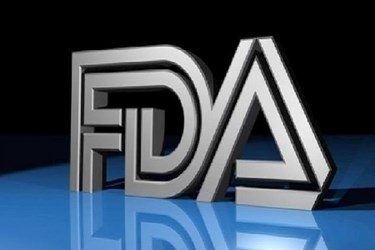The FDA Publishes New, Strategic Priorities
By Laurel Maloy, contributing writer, Food Online

As its commitment to transparency continues, the FDA is setting clear and concise goals, while raising the bar for the food-processing industry
There are times when members of the food-processing industry tend to forget the broad scope of authority and the regulated industries the FDA oversees. In addition to food safety, the agency regulates drugs, medical devices, the safety of the national blood supply, cosmetics, tobacco, dietary supplements, and products that emit radiation. No small task, the FDA has made great strides in all areas, and continues to do so with the release of its new and improved Strategic Priorities for 2014-2018 document.
FSMA is only one of a number of ground-breaking legislative initiatives that have been heaped upon the FDA’s plate since 2009. According to Margaret Hamburg, M.D., the Commissioner of Food and Drugs for the FDA, “This document articulates the goals and priorities that guide our Agency. It creates a framework that will allow us to integrate and achieve our five strategic priorities — regulatory science, globalization, safety and quality, smart regulation, and stewardship.”
The Strategic Priorities document is not fluff. It sets the goals and clearly defines the objectives the agency will strive to achieve over the next four years. If you substitute your facility’s name in place of the words “FDA-REGULATED,” this same document can easily serve as a blueprint for success in every food-based facility around the world as it serves to:
- Enhance Oversight of FDA-REGULATED Products
- Increase the use of regulatory science to update standards development, analysis and decision making
- Reduce risks in manufacturing, production, and distribution
- Strengthen detection of problems
- Improve response to ongoing and emerging problems
- Improve and Safeguard Access to FDA-REGULATED Products to Benefit [Consumer] Health
- Increase regulatory science capacity to effectively evaluate product safety
- Improve the effectiveness of produce development
- Improve the predictability, consistency, transparency, and efficiency of product review
- Promote Better-Informed Decisions About the Use of FDA-REGULATED Products
- Strengthen social and behavioral science-help consumers make informed decisions
- Improve safety and health information provided to the public
- Strengthen Organizational Excellence and Accountability
- Recruit, develop, retain, and strategically manage a world-class workforce
- Improve overall operation and effectiveness
- Invest in infrastructure to enhance productivity and capabilities
Furthermore, the FDA has given you and your company the tools to succeed as there is free software available to support your company’s safety endeavors. The agency has made FSMA understandable and has reached out to the public in order to truly understand the food-processing industry. The industry can look to Hazard Analysis and Critical Control Points (HACCP) as a means to ensure success. Improvements in testing and traceability mean a future with potentially fewer recalls and increasing consumer confidence; directly impacting a facility’s bottom line. New emerging technologies will aid the industry moving forward and global partnerships will enhance food safety in our ever-growing and ever-changing world. There are even free E-Learning Courses to curb the cost of training while ensuring a more enlightened and involved workforce.
Just as the culture in food-safety regulation has gone from being re-active to being pro-active, the food industry’s focus must do the same. The FDA seems to be on the right track and is clearly setting an example for others to follow.
